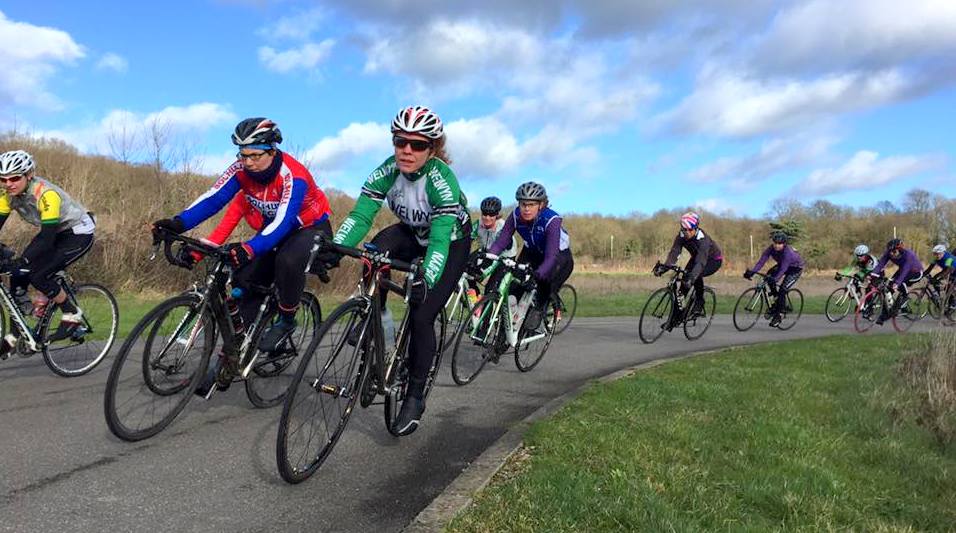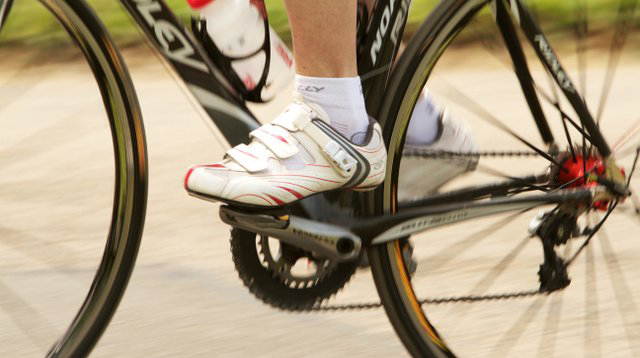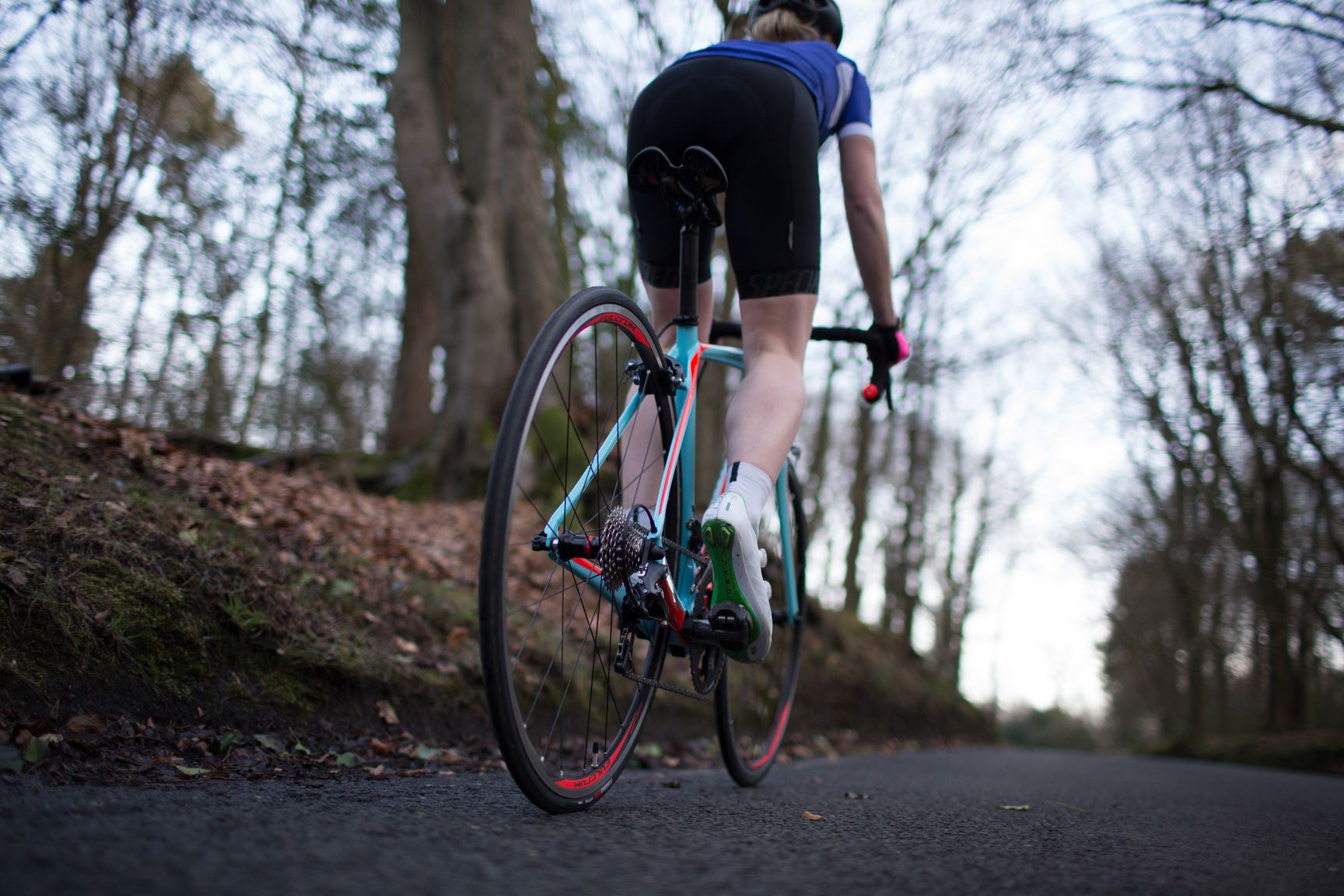I’ve written quite a lot about the ‘female specific bike debate’. I’ve interviewed bike fitters, bike designers, custom frame builders, and a million brands (ok, not quite). I’ve had as many answers as I’ve had interviewees.
Just a heads up before you read on: I don’t own an encyclopedia of men’s and women’s measurements, I don’t design bikes and I’m not going to offer ‘the answer’ in this article. I’d just like to explain my frustrations to the bike industry and offer some unbiased advice for women buying bikes.
Discussing the question of ‘what is the right approach’ with someone recently, I was given this response:
“I don’t think anyone in the bike industry knows what women want.”
At the time I laughed it off. Ha Ha Ha, aren’t we all silly. And then I thought about it a little bit more, and wished I’d responded:
“Women want the bike industry to present data which shows the different requirements – or lack there of – that men and women have, and we want them to design bikes based on that data.”
That’s it really. Anthropometric data isn’t too hard to come by – some of it is freely available, some of it you have to pay to have access to – but then if you’re going to develop a bike you’ve probably got budget or access to a couple of research papers.
I realise that’s a simplistic view – bodies vary across nations, perhaps across generations – and maybe that’s why every brand seems to have an approach based on their own ‘data’ which conveniently conflicts with that of anyone who offers different products to them.
Here’s a look at some of the theories I’ve been sold. Or told. Whatevs.
The whole short upper body argument

The most prominent argument in all of this is that women – on average – have shorter upper bodies compared to men. Or shorter arms. Or less strong arms and stronger legs which mean we should be pushing power through our lower body and not our upper body. Or our centre of gravity is different. Or that we can’t rotate forwards on the saddle like men do because our vaginas get sore. Either which way, for whatever reason brands supporting women’s bikes state that the statistically average female needs a shorter reach on her bike when compared with the statistically average man.
Therefore, those making bikes for women ‘from the ground up’ build a bike around a shorter reach – usually with a shorter top tube and higher stack. This means the bike can have an average stem which means the handling is more likely to be at its optimum if women are shorter in the top half (if they’re not, it just puts them in a less aggressive position).
My best piece of interview evidence around this comes from Lee Prescott at Velo Atelier. He can fit customers on a rig, and then suggest bike frames to suit their body using a computer database. He told me that based on the measurements of the women he’s fitted, they’ve usually got about 10 per cent of the available choice compared to men, because most bikes aren’t designed for the average woman. If he’s right, then female specific bikes are without a doubt important, and necessary, if the bike industry wants women to have an equal riding experience.
In the other corner, there are brands that state their research shows not a hint of this statistical difference, and that men and women can ride the same bikes perfectly comfortably. I’ve not really got any numbers or evidence to prove or disprove this.
Finally, there are the brands where the conversations goes thus:
Brand A, proudly: “Our women’s bikes use an IDENTICAL frame to the UNISEX bike. We don’t dumb women down and put them on silly girly frames.”
Me: “Ah right, so it’s just the saddle and handlebars that are different then?” (Because we all know women have different undercarriages and narrower shoulders)
Brand A: “And the stem, the stem is shorter when sold as standard. And it’s in a different colour that all the women [read: the only woman] in the office prefer[red].”
Me: “Oh, so it has a shorter reach?”
Brand A: “Yep”
Me: “If there’s no difference in requirement, why does the women’s bike have a shorter reach?”
Pretty much the answer is the women’s bike has a shorter reach because for whatever reason the brand thinks that’s what women want or need. But designing a new FRAME that would allow the woman to have that reach with an ‘average’ length stem might require an investment. Like, you know: building a female specific frame.
Wait, did we just travel 360 in this debate? Yes – yes we did. Now do you understand my frustration?
And yes – at the end of all of this debate, you could argue that even if women are shorter in the body, we can just have a stem that’s 20mm shorter. It isn’t amazing for handling, but it doesn’t make the bike un-rideable. It won’t spontaneously combust on a corner. But then if 80 per cent of the riding population was female, and the men were the 20 per cent – would they want to be told they’re best off with a longer bike, but “it’s ok, you can just have a 150mm stem”?
The ‘experience’ argument

If the above conflicting views weren’t enough – there’s more. It could be that women don’t ‘need a shorter reach’ because we actually have shorter measurements across our upper bodies, or because we can’t rotate so far forward. It could be that the majority of women want something different from their riding when compared to the majority of men.
Brands creating women’s bikes with a shorter reach and greater stack sometimes say they do so because a lot of their female customers want a more relaxed, endurance style fit.
Basically they don’t want to be aero or fast.
When it comes to this argument – the fact is that there are bikes for every style of riding irrespective of gender. Endurance bikes. Race bikes. Cyclocross bikes. Gravel Bikes. Adventure Bikes. You wouldn’t try to ride a 200 mile hilly sportive on a time trial bike (or shouldn’t) and you wouldn’t use a cyclocross bike for a time trial (actually my other half totally did once, that’s another story).
If women’s bodies mean that female racers need female specific race bikes, and female endurance riders need female specific endurance bikes, pretty please do make them. If you’re just making a ‘super endurance bike’ and calling it your women’s bike, you might as well call it a ‘super endurance bike’ and make it available to both sexes.
The whole power argument

When creating a bike, the balance of stiffness vs lightness is an art. To make a bike super light, you have to thin down the carbon, which can affect power transfer – to make it super powerful and stiff you need to beef up the carbon, which makes it heavier.
One argument is that this balance is often designed around men’s requirements, and tuned to offer perfection for the average man. The average woman is often lighter, and usually produces less power – so she needs something different.
That theory works if we’re all ‘Mr & Mrs Average’. And it’s true that bike brands ideally want to create the best bike for the maximum number of people. If a bike brand can create a bike that’s got the optimum stiffness/lightness carbon layup for me I want them to do it. The problem is, most people aren’t average. Marianne Vos produces more power than my next door neighbour, even though he’s male. There are A LOT of bikes out there, some are super stiff, others are more comfortable. Probably most men and women can find the ideal blend for them regardless if the model in question is designed with gender in mind.
The whole pro argument

I love this one.
Sometimes, mid-way through the great bike debate, someone will chime in with “Oh, well, none of the pro female riders are actually on female specific frames.”
Sure, well, when the average 50-year-old male sportive rider is swanning about on a bike set up just like Fabian Cancellara’s, I’ll give this argument an ounce of thought.
I’ve also heard team managers say: “Our girls ride the sponsor’s men’s model, they’re strong riders!” As though no self-respecting ‘strong rider’ would ride a girls bike. I actually just think that’s quite an outdated, poorly researched thing to say. Which bike the women choose to ride should be down to what fits them.
Colour and finishing kit

It’s a no brainer to spec bikes for women with women’s saddles, narrower handlebars, and shorter cranks on small bikes where toe overlap might become a problem. Some brands just let the customer choose their frame [unisex/male or female], and select a handlebar width – which is probably the best option though logistically perhaps isn’t that easy.
In terms of colour: Not all women like pink, some do. You wouldn’t be surprised if 70 per cent of men’s bikes were red or blue, and men complained; so why be ‘confused about what women want’ when we complain that 70 per cent of bikes are pink or purple? There are a lot of colours in the paint pot to experiment with.
Verdict

I did tell you I’ve not got the answer, didn’t I?
More – I’ve got a request. I’d just like the industry to be honest. Do your research. Build bikes. That’s what you do best. If your data, research, rider feedback and bike fit information tells you to create women’s bikes – do it. If it tells you we don’t need them, then you don’t need to create a ‘girls bike’ and paint it pink. We’re over that.
To women buying bikes and unsure if you should select the ‘women’s’ filter: you might not be average.
In every graph of ‘bike fit averages’ there are anomalies – you might well be that anomaly. Bike brands need to create bikes for ‘averages’ to reach the largest audience possible. You just need to find a bike that fits YOU. So test ride a lot of bikes. Really: irritate the hell out of your LBS manager by asking to try ALL the bikes before you actually select one (just as long as you do actually buy one, yea).
Personally, I’ve ridden a lot of unisex bikes where the reach has been too great and I’ve needed a shorter stem – which irks me somewhat. But that’s my own body, yours might be different. You might have freakishly long arms, or crazy long legs. The only way to find out what suits you is to try a lot of bikes.





